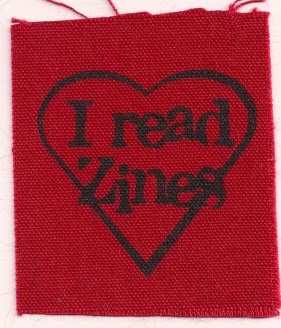You Can Work Any Hundred Hours begins with a history of the distro written by its founder, Joe Biel. Aside from its somewhat self-deprecating tone, this history reads like an inspirational story about living your dreams and contributing to your culture.
 The zine is then taken over by a story written by Alex Wrekk and ends with short snippets by other Microcosm employees, both past and present. The contributions from Wrekk and the other employees take away from Joe's more thoughtful and analytical style of story-telling. Although I understand the importance of these contributors adding their own stories to this history, I think that the zine would have been better ended with interviews of these contributors by Joe himself instead of so drastically changing the style of the writing.
The zine is then taken over by a story written by Alex Wrekk and ends with short snippets by other Microcosm employees, both past and present. The contributions from Wrekk and the other employees take away from Joe's more thoughtful and analytical style of story-telling. Although I understand the importance of these contributors adding their own stories to this history, I think that the zine would have been better ended with interviews of these contributors by Joe himself instead of so drastically changing the style of the writing. Filled with the dedication of direct action d-i-y politics, this history of Microcosm is definitely worth reading. To get your copy, go to Microcosm Publishing.


















